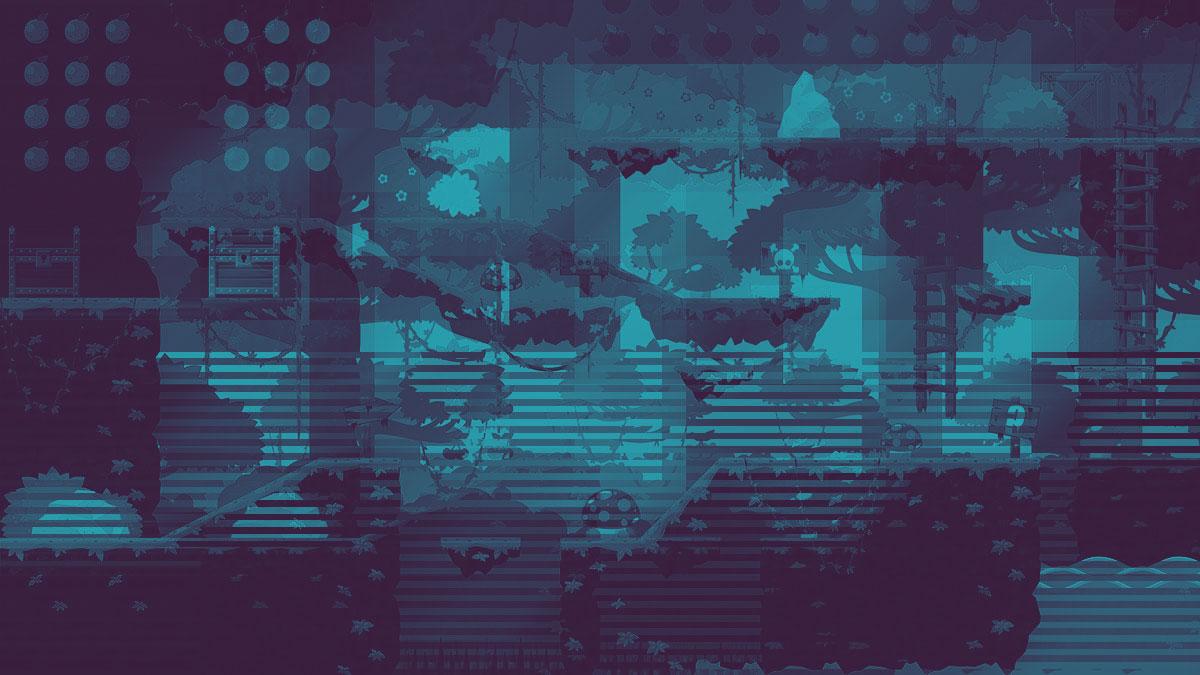Gamification is exciting because it promises to make the hard stuff in life fun… and That’s Why Everyone Wants to Use It
If you don’t know by now, “gamification” is the practice of applying game mechanics in non-game situations – usually to make them bearable. With the popularity of gaming amongst ALL generations these days (we get points for this, badges for that and tout our high scores on social media) it makes sense that the advertising gurus would turn to this engaging form of entertainment to help us all get through the monotonous and menial tasks of everyday life.
Gamification can Ease Pain Points…Like Onboarding (yawn)
So you’ve developed a great new app or service! Awesome! Now, how do you get your targets/customers to onboard? Filling out form fields is boring…uploading a photo to complete their profile is a pain…but these things need to be done prior to full engagement. How many of us have said “eh, I’ll do it later” and then never got back to it? Enter gamification, where you can develop a fun way to motivate these users to perform basic onboarding tasks. Look at the larger social media sites – even LinkedIn uses progress bars for profile completion so there’s a sense of immediate accomplishment.
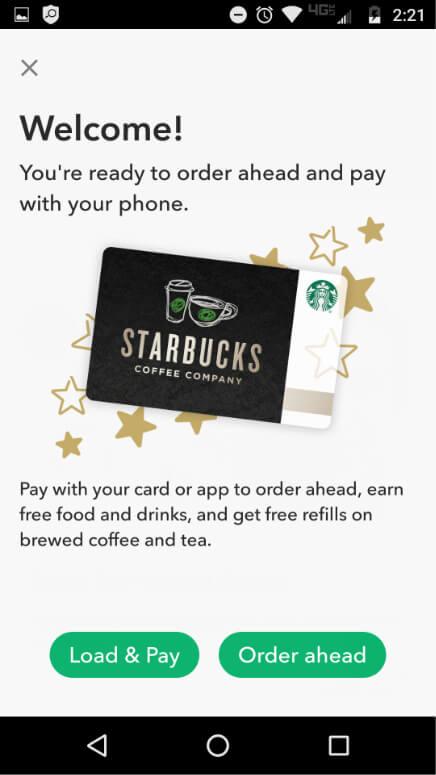
Starbucks runs one of the most successful gamified reward and loyalty programs out there.
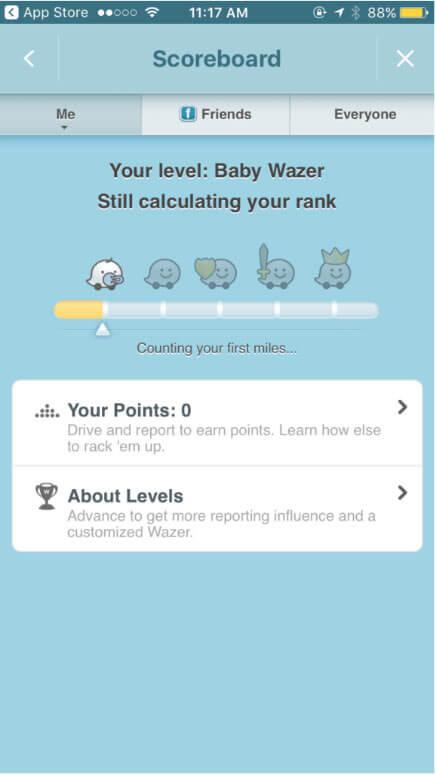
Waze hands out achievements and has different user “levels.” Features become available during onboarding so that users know from the start.
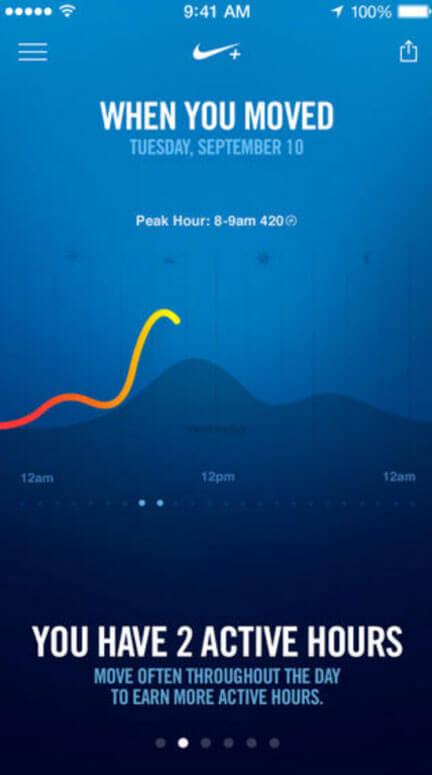
Nike Fuel creates competition in the daily amount of physical activity. This app notes all activities performed and transcribes them into points.
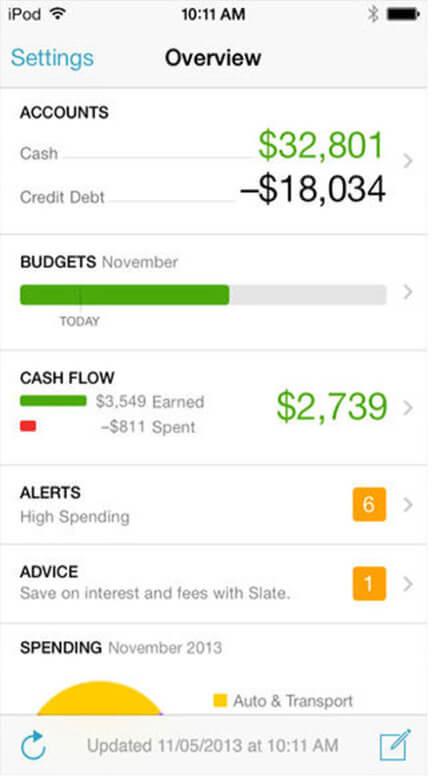
It doesn’t get much more dull than managing your money. Mint tries to make it a little easier with some simple gaming elements.
Rewards and Goal States Drive Completion
We all have goals, and some are harder to achieve than others. Giving your customers easy goals to reach is a great way to increase engagement. Let’s face it, “leveling up” to a new user rank or earning a cool new badge is way easier than dropping those 10 lbs you gained over the holidays. People want rewards like access to exclusive communities, and they want more points, checkpoints and leaderboards because that’s what will keep them coming back.
Know your Player Archetypes
Most people enjoy games, but there are many nuances to what makes a particular person keep playing. This is why there’s so much out there – not everyone will take to every game, so developers have been creating myriad types of entertainment for all different types of players. When developing, it’s crucial to understand what exactly motivates your customers and what will keep them coming back. (For some cool insights into motivation and the “millennial” thought process, read Robert Allan Paul’s blog “We’re All Millennials Now”.)
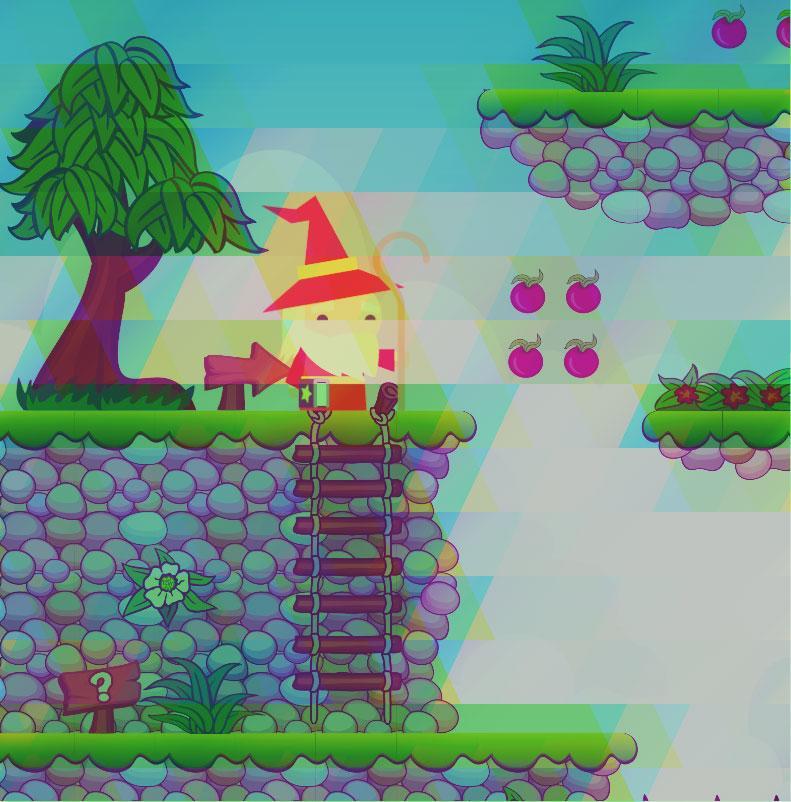
Archetype 1: Collectors
These players just want to collect all of something. Anything. You can see collectors everywhere, as they’re responsible for the success of products like Pokemon cards, Pogs and countless others; these users are going to want to collect every badge and award you have to offer.
Archetype 2: Socially Motivated
In gaming, these players are drawn to genres like the MMORPG (Massively Multiplayer Online Role-Playing Games). Rather than focusing on any kind of in-game achievement, they just want to have fun and hang out with people. They won’t take the most direct route to “winning” the game, and don’t have any end game state. Unfortunately, they’re also the least likely to be attracted to most types of gamification. They already get what they want out of a community, so the idea of a game-like structure isn’t necessary going to appeal (This is me).
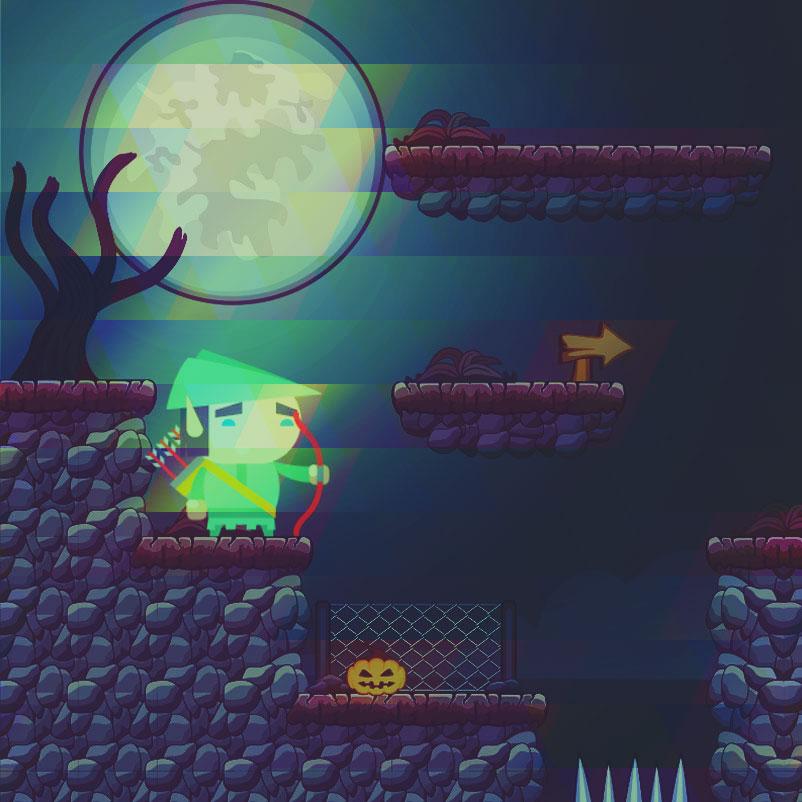
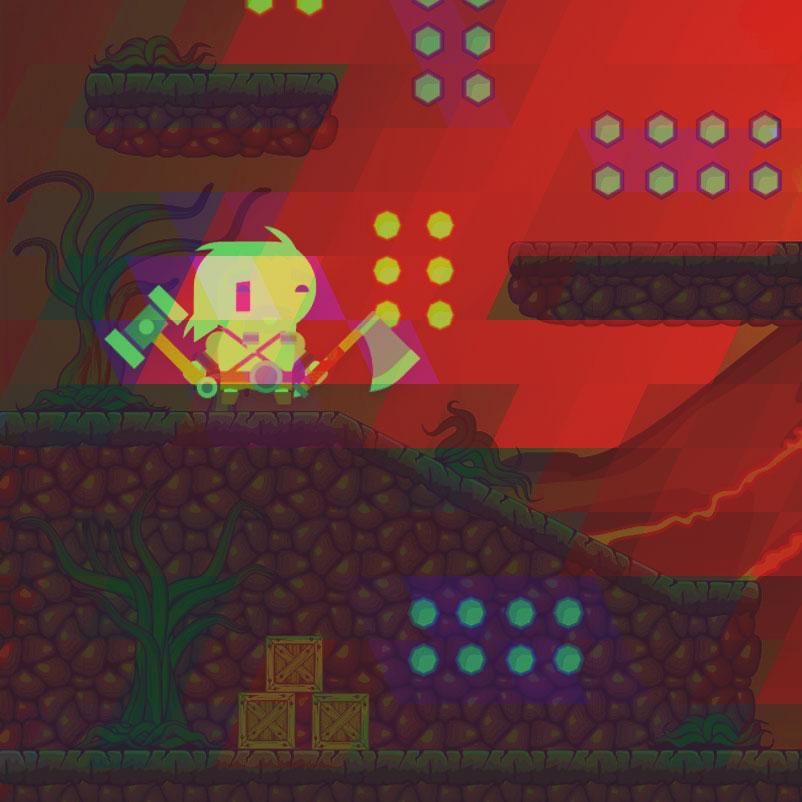
Archetype 3: Status Seeker
Status Seekers want to be seen as the elite of the community. High score tables were invented for this type of player, because seeing their name at the top is what they’re all about…and they usually rub it in other players’ faces. Status Seekers want status-based perks from playing – like exclusive profile features or access to private categories.
Successful gamification requires an understanding of what motivates these types of players in every context, and to design around them. This can be thought of as “Motivational” or “Behavioral” design. Keep in mind that the majority of game players don’t fit neatly into one of these groups. Typically, we’re motivated by a variety of factors at different times, so it’s good to keep a variety of different rewards in mind when you’re planning to integrate gamification. The best games recognize the need for different reward structures.
It’s all about the End Game
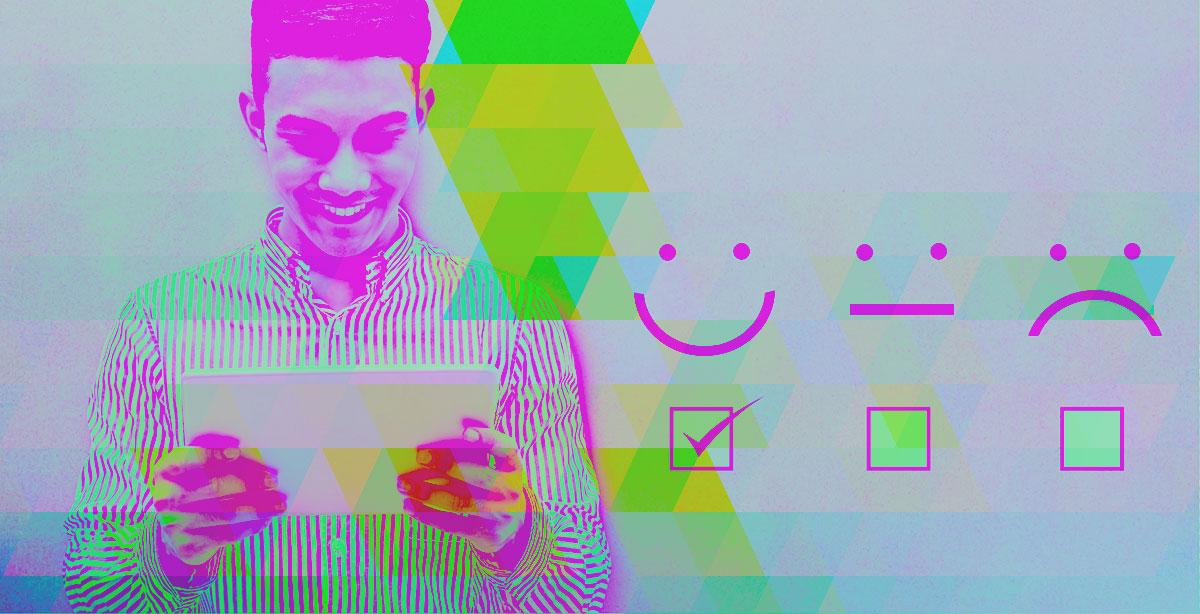
Gamification can truly enhance an already awesome, well-thought-out experience; but it WON’T cover up a deficient one. You can’t simply take something that has worked elsewhere and port it over like it’s a round peg. It’s important to think about the specific needs of your business and how the gamification systems are going to tie into it – and make sense. Map your plan to fit with your business goals – the clearer your goals, the better the results. Think about what kind of things your audience will want to achieve, and make sure members (users) always have new goal states to hit. Long term goal states can give long-term members the extra push they need to stay engaged with your app.
REMEMBER, this method is not a fire-and-forget solution! Nor is it an end-all, be-all solution. It requires thought and consideration to implement, plus ongoing observation and tweaking during and after the fact to ensure that things are working well, and giving you the results you want. Gamification should just be one of the tools you use to build great engagement. It doesn’t appeal to everyone, and can’t solve every problem you might have, but it can improve your on-boarding, increase engagement and provide a better understanding of how your customers behave.


